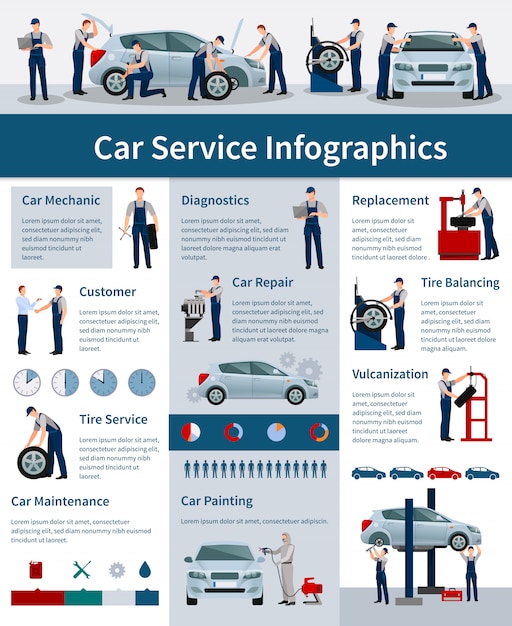Translating Your Automobile'S Caution Indicators: What They Really Represent
Translating Your Automobile'S Caution Indicators: What They Really Represent
Blog Article
Write-Up Author-Lauritsen Torres
When you lag the wheel, those radiant warning lights on your dashboard can be a little bit bewildering. Do you know what they're attempting to tell you concerning your automobile's health? Recognizing the importance of these lights is essential for your safety and security and the durability of your car. So, the next time one of those lights appears, wouldn't you wish to decode its message precisely and take the needed steps to resolve it?
Common Caution Lighting and Interpretations
Determine usual warning lights in your auto and understand their significances to guarantee risk-free driving.
One of the most regular warning lights consist of the check engine light, which indicates problems with the engine or exhausts system. If this light begins, it's important to have your automobile checked immediately.
The oil stress warning light suggests low oil pressure, requiring instant attention to avoid engine damage.
A blinking battery light might recommend a damaged charging system, possibly leaving you stranded if not attended to.
just click the following article monitoring system (TPMS) light notifies you to low tire stress, influencing lorry security and gas performance. Overlooking this might cause unsafe driving problems.
The abdominal muscle light shows a problem with the anti-lock braking system, compromising your capacity to quit promptly in emergencies.
Last but not least, the coolant temperature level cautioning light warns of engine overheating, which can result in severe damage if not resolved promptly.
Recognizing these common warning lights will assist you address problems without delay and maintain secure driving conditions.
Value of Prompt Interest
Understanding the typical caution lights in your cars and truck is only the very first step; the importance of promptly dealing with these warnings can not be stressed sufficient to ensure your safety when traveling.
When a caution light illuminates on your dashboard, it's your automobile's means of interacting a possible concern that needs focus. Disregarding these cautions can lead to extra extreme problems down the road, endangering your safety and security and possibly costing you much more in repairs.
Prompt focus to warning lights can stop breakdowns and mishaps. For instance, a flashing check engine light could show a misfire that, if left unattended, can create damage to the catalytic converter. Addressing this without delay can conserve you from an expensive repair.
In a similar way, a brake system advising light might signal reduced brake liquid or used brake pads, critical components for your security when driving.
DIY Troubleshooting Tips
If you discover a caution light on your dashboard, there are a couple of DIY fixing tips you can try prior to looking for professional assistance.
The very first step is to consult your vehicle's guidebook to understand what the specific warning light shows. Often the concern can be as basic as a loosened gas cap activating the check engine light. Tightening up the gas cap might deal with the problem.
Another typical concern is a low battery, which can set off different warning lights. Inspecting linked web-site for corrosion and guaranteeing they're secure might deal with the trouble.
If a caution light persists, you can try resetting it by detaching the automobile's battery for a few mins and afterwards reconnecting it. In addition, inspecting your automobile's fluid degrees, such as oil, coolant, and brake liquid, can help repair advising lights related to these systems.
Final thought
In conclusion, recognizing your auto's caution lights is vital for keeping your automobile running smoothly and safely. By immediately addressing these signals and recognizing what they suggest, you can prevent expensive repair work and possible break downs.
Bear in mind to consult your vehicle's guidebook for specific information on each warning light and act appropriately to ensure a hassle-free driving experience.
Keep informed, stay visit my home page -free on the road!
